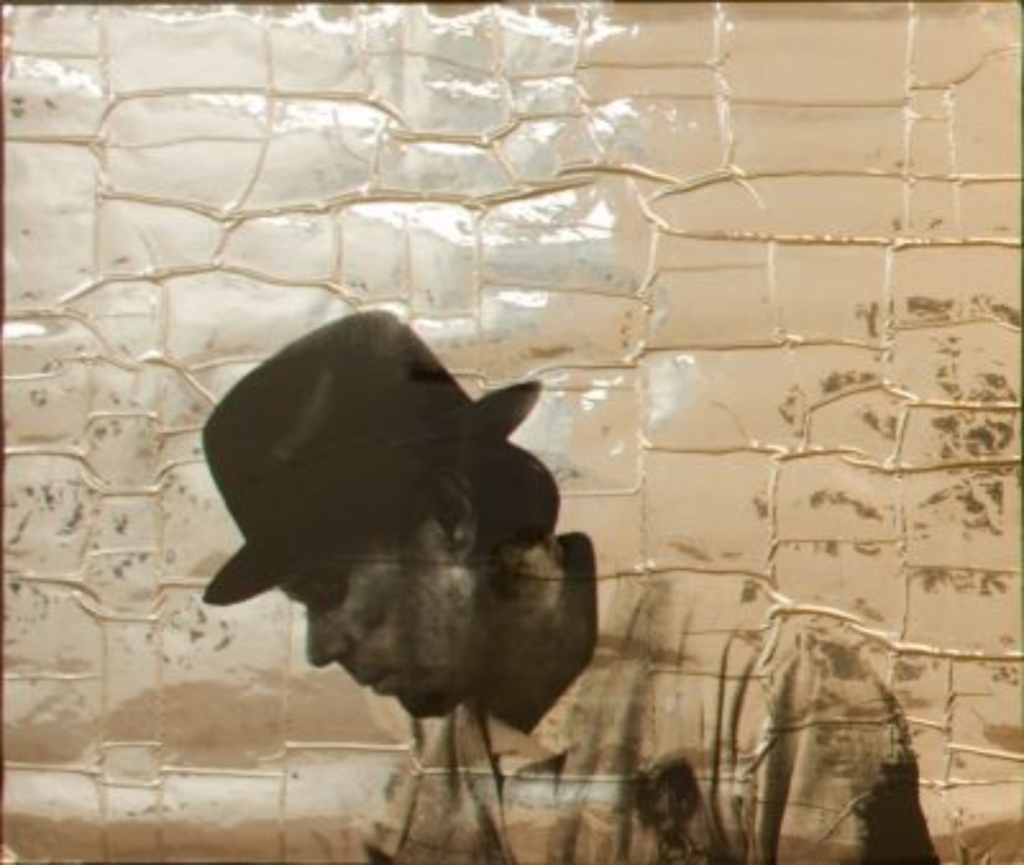Locked in the Seven Towers. Melancholy in modern art – a selection from the Antal-Lusztig Collection
2010. Oct. 24. - 2011. Feb. 13.

Located in the capital of the former Ottoman Empire, Jedikula (or Seven Towers in English) is one of the most famous prisons in history. From the beginning of the 16th century, nobility or people considered by the sultan to be of high rank were imprisoned here, and were given large, luxurious living quarters with separate gardens and baths. A horde of servants attended to the wishes of the inhabitants of the seven towers. The prisoners were free to roam the vast castle, surrounded by seven huge walled towers, built between the sea and the city. They were allowed to do practically anything – except leave Jedikula. Many famous prisoners lived here for many years, decades. Most of them soon became melancholy: the daily pleasures of the flesh did not banish the bitterness.
Curator: Sturcz János
Artists: Marina Abramovic, Ámos Imre, Anna Margit, Baglyas erika, Bálint Endre, Barcsay Jenő, Matthew Barney, Joseph Beuys, Bukta Imre, Czóbel Béla, Csontváry Kosztka Tivadar, Derkovits Gyula, El-Hassan Róza, Farkas István, Gaál József, Gulácsy Lajos, Andreas Gurski, Gyenis Tibor, Hantai Simon, Ilja Kabakov, Kassák Lajos, Kepes györgy, Kicsiny Balázs, Kondor Béla, Korniss Dezső, Koszta József, Mattis Teutsch János, Mednyánszky László, Moholy-Nagy László, Nagy Balogh János, Nagy István, Hermann Nitsch, Ország Lili, Pauer Gyula, Arnulf Rainer, Reigl Judit, Rippl-Rónai József, Román György, Dieter Roth, Schaár Erzsébet, Mario Schifanio, Jean Tiguely, Mark Tombey, Tót Endre, Ujházi Péter, Vajda Lajos, Vaszkó Erzsébet, Veszelszky Béla

